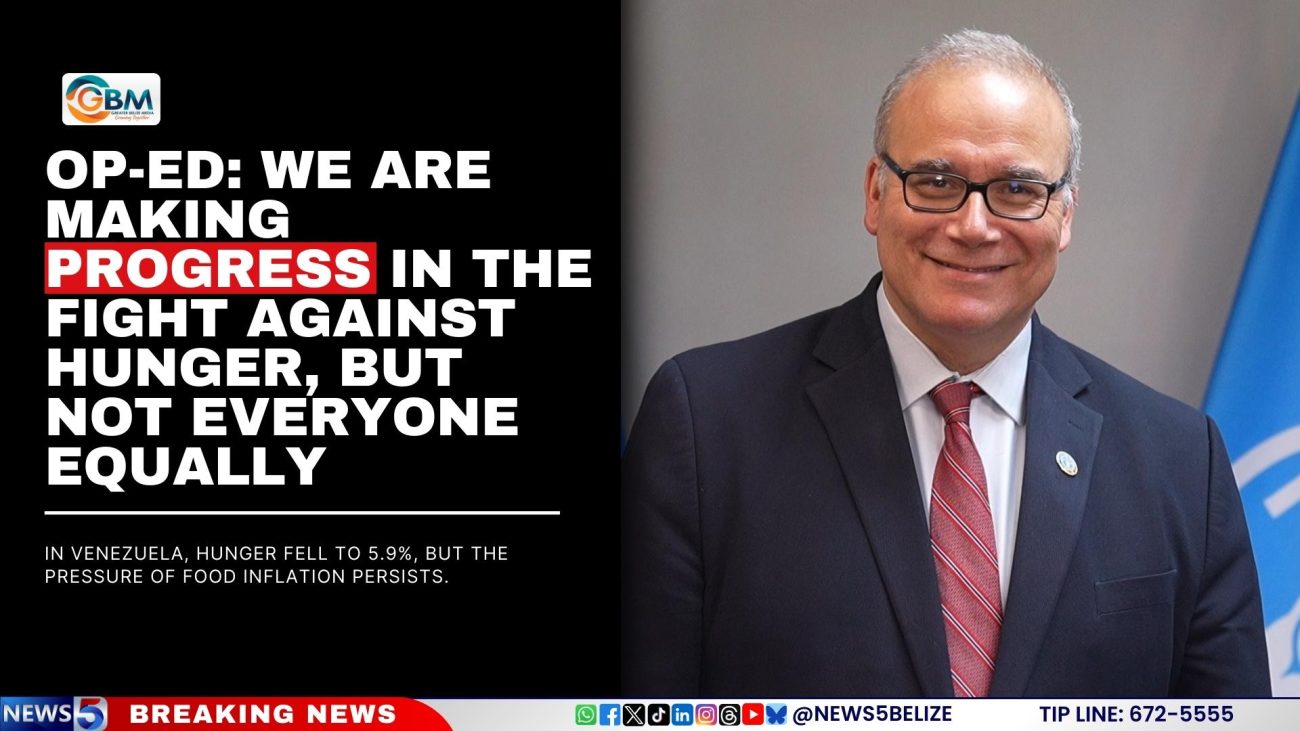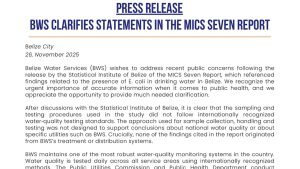Op-ed: We are making progress in the fight against hunger, but not everyone equally
By: Máximo Torero Cullen, FAO Chief Economist and Regional Representative ad interim for Latin America and the Caribbean.
In perspective, good news: world hunger is beginning to decline. The State of Food Security and Nutrition in the World 2025 (SOFI 2025) reported a drop in the proportion of people suffering from hunger, from 8.5% in 2023 to 8.2% in 2024. Latin America and the Caribbean has played a pivotal role in this progress.
In 2024, undernourishment in the region affected 5.1% of the population, down from 6.1% in 2020–2021. Moderate or severe food insecurity fell significantly, from 33.7% in 2020 to 25.2% in 2024, the largest reduction recorded worldwide.
Five countries in the region—Chile, Costa Rica, Guyana, Uruguay and now Brazil— no longer appear on the hunger map, thanks to coordinated policies in the areas of economy, health, education, agriculture, and social protection, a viable formula to tackle the structural determinants of hunger.
These figures demonstrate that, even after crises such as the pandemic, rising inflation, and extreme climate events, progress is possible through sustained public policies, cooperation, investment, and strengthening the resilience of agrifood systems.
This positive development should not hide an uncomfortable truth: these advances are not reaching everyone equally. SOFI 2025 points out that while some countries are reducing hunger, others face challenges such as increasing child stunting, overweight, and obesity. In the region, 141 million adults are obese, and 4 million children under the age of five are overweight.
The analysis of specific cases highlights contrasts: Colombia reduced hunger to 3.9% with territorial policies and support for family farming, while the Dominican Republic cut the indicator by more than 17 percentage points in two decades with a multisectoral approach.
However, progress is not always uniform. Panama and Guatemala, although reducing hunger, continue to struggle with the challenge of malnutrition. Ecuador and El Salvador face a similar paradox: while hunger is decreasing, moderate and severe food insecurity is on the rise.
In Venezuela, hunger fell to 5.9%, but the pressure of food inflation persists. Mexico has reduced its figures to 2.7%, although adult overweight reached 36% in 2022, above the regional average. In Argentina, while hunger remains at low levels (3.4%), there has been an increase in child overweight and adult obesity.
Unfortunately, the Caribbean remains the greatest challenge. Some 17.5% of the population is undernourished, and the cost of a healthy diet reaches 5.48 PPP dollars per person per day. Haiti is facing one of the world’s most severe crises: 54.2% of its population suffers from hunger. This is not only an alarming statistic; it is an urgent call to strengthen greater cooperation and investment in the region’s most fragile context.
SOFI 2025 concludes that the countries that have reduced hunger under adverse circumstances in Latin America and the Caribbean share common approaches. These include strong and well-targeted social protection systems capable of cushioning crises; and integrated policies that strengthen local production, inclusive value chains, and market access, support family farming, and promote environmental sustainability.
Added to this are productive diversification, climate resilience measures to withstand extreme events, and open and stable trade to ensure supply and moderate price volatility; as well as coordination among institutions and levels of government to align investments, and data and monitoring systems that anticipate and respond quickly to crises.
These experiences show that a combination of political will, strategic investment, and evidence-based management can reverse hunger—even in an uncertain global environment.






Facebook Comments